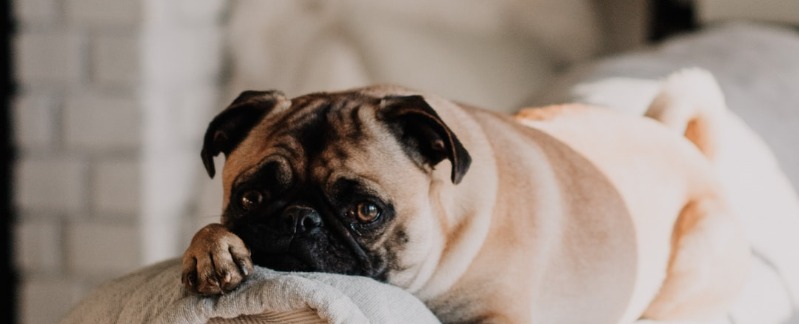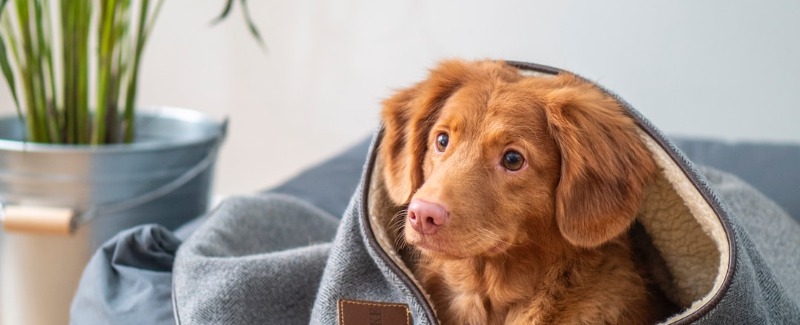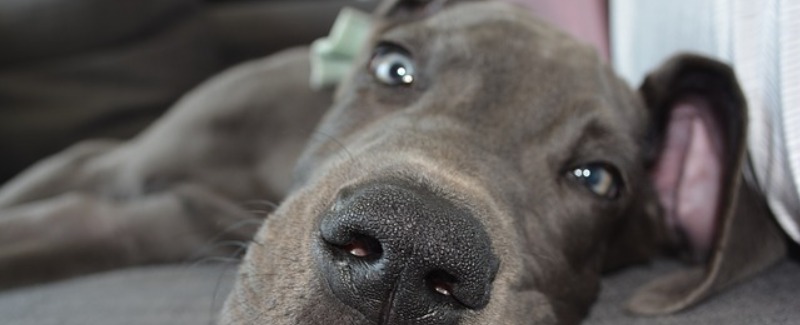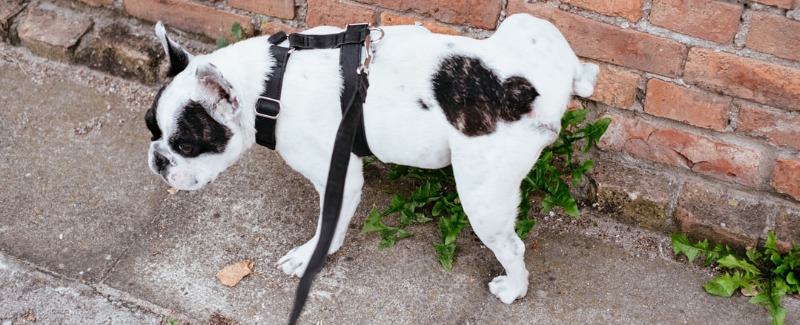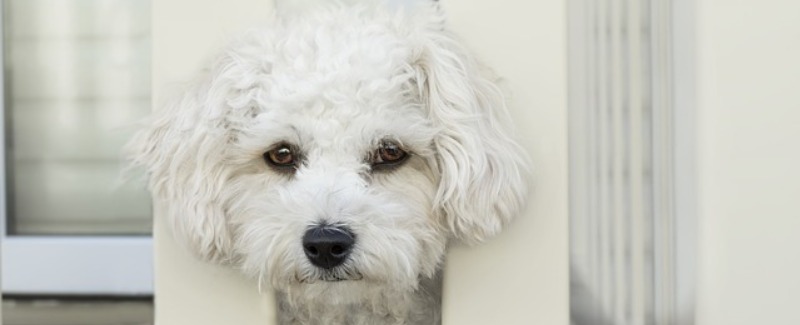Housebreaking adult dogs can be more challenging than housebreaking puppies, but it doesn’t have to be. The trick is to treat them just like they are puppies, which means not giving them chances to make mistakes (confinement and supervision are your friends!) and keeping them on a consistent eating and eliminating schedule until they are accident-free in the house for at least six weeks.
The Crate Soiler
Occasionally, dogs will urinate or defecate in their crates. Usually, it’s a rare or temporary problem brought on by illness or neglect of their normal schedule. Sometimes, unfortunately, it’s because the dog has learned not to mind being dirty.
This is not a normal state for dogs, and is usually brought on by the dog being forced to eat, sleep, and eliminate in the same area for a prolonged period, like a six-month-old puppy in a pet store that has spent four months in the same cage. If your dog regularly eliminates in the crate, there are some things you can try:
- Remove all bedding from the crate, so there is no way for your dog to hide (or hide from) his mess.
- Feed him in the crate by scattering the food all over the crate floor instead of from a dish.
- Change the type of crate you use (from airline style to wire, or vice versa).
- Practice good supervision instead of crating whenever possible.
- Consider other containment options, indoor alternatives, and doggie daycare.
Indoor Alternatives
Although it’s not really practical for larger dogs, there are a few indoor potty area options that are worth considering for small dogs and puppies. Newspaper and puppy pads are common indoor options, and dog litter boxes are swiftly gaining popularity. While newspaper is certainly the least expensive of the indoor options, it’s also the least containable, and the messiest. Pads are reasonably inexpensive, and have a waterproof backing to protect the floor underneath.
The problem with both newspapers and pads is that it’s common for dogs to squat on the corner, depositing pee or poop on the floor next to them. Litter boxes and litter are more expensive than newspaper or pads, but the space is clearly defined, so after acclimation, misses are much less common. Unfortunately, some dogs are more interested in playing with or eating the litter than going in it.
Whatever method you want to try, it is very helpful to clearly define the space by enclosing the papers, pads, or litter in an exercise pen or litter box (the litter-box police won’t come and get you if you put papers or pads in your litter box instead of litter!). The process is the same for indoor housebreaking as it is for outside training; accompany your dog to the potty area every time so you can praise and reward for her eliminating in the proper place.
It is possible to housebreak your dog outside, and use the indoor alternative of your choice as a backup, but it takes a little more time and effort on your part, and may confuse your dog a bit in the process. For most people and dogs, it’s best to pick one method and stick with it.

